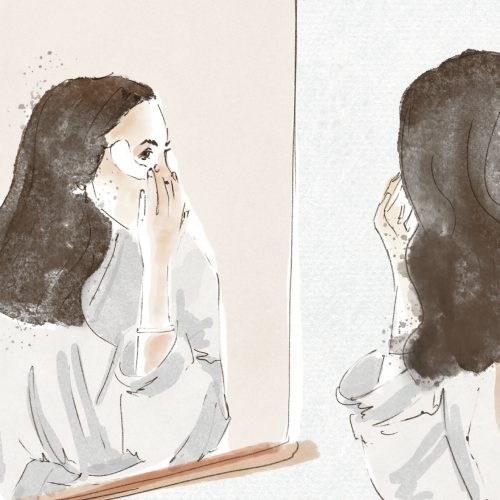How Can The Cosmetics Industry Become More Sustainable?
The term “cosmetics” comes from the ancient Greek word “κόσμος” (kósmos), meaning order, fashion, and ornament. Humans have been using cosmetics to beautify themselves since the dawn of history. Ancient Egyptians used different types of make-up, as shown by artefacts such as the Palette of King Narmer, a ceremonial palette used for grinding cosmetics.
Make-up safety and performance have improved greatly over the course of its long history, thanks to scientific discoveries and technological improvements. Therefore, the make-up we have access to today is different and in many ways better than what our ancestors used, but the cosmetics industry as a whole still has a long way to go in terms of sustainability. What is the current situation, and what are the possible solutions?
THE DARK SIDE OF BEAUTY
The cosmetics industry is a thriving and growing business, supported by the countless people all over the world who purchase and use cosmetic products. In 2019, the industry was estimated to be worth about 49.2 billion U.S. dollars in the States alone and in 2020 106.88 million women used foundation and concealer make-up. This trend is not expected to die down any time soon, as the global make-up market is expected to be worth about 85 billion U.S. dollars in 2024. Such numbers are the reflection of a reality we witness every day: make-up is everywhere—from billboards to social media.
If an industry so popular is guilty of unsustainable practices, then the consequences can be particularly severe. Unfortunately, that’s the case with the cosmetics industry. It heavily relies on plastic, a crude oil based material that, according to EPA, has a recycling rate as low as 13.1 percent. But its thirst for materials doesn’t stop there: glass, paper, and bioplastics are just some of the other materials that compose the packaging of cosmetics. These materials are often mixed, making appropriate end-of-life and waste management nearly impossible. Petroleum derivate substances such as Propylene Glycol have the same origin as fossil fuels and are the basic ingredients of many of the cosmetics on the market today. Microbeads are minute pieces of plastic that function as exfoliating agents and are found in personal care products like scrubs, toothpaste, and body wash. These non-biodegradable tiny plastic particles are invisible to the naked eye and they flow into the environment when washed down bathroom drains. Since they are too small to be filtered by sewerage systems, they easily make their way into bodies of water like the oceans. There, they are then ingested by marine life, making their way to humans too. According to a study commissioned by WWF and carried out by the University of Newcastle, humans are consuming about 2000 tiny pieces of plastic every week, and approximately 250 grams a year.
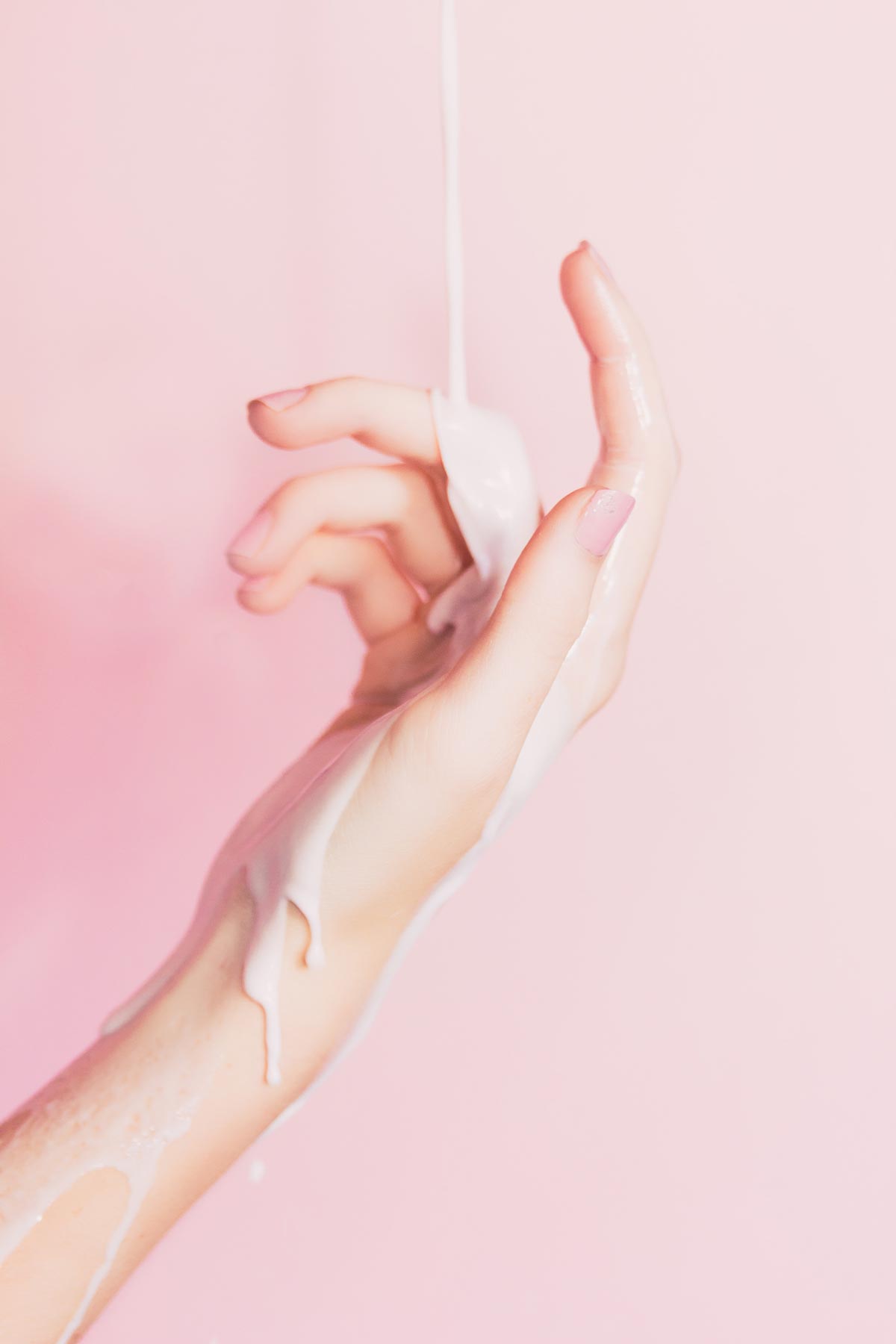
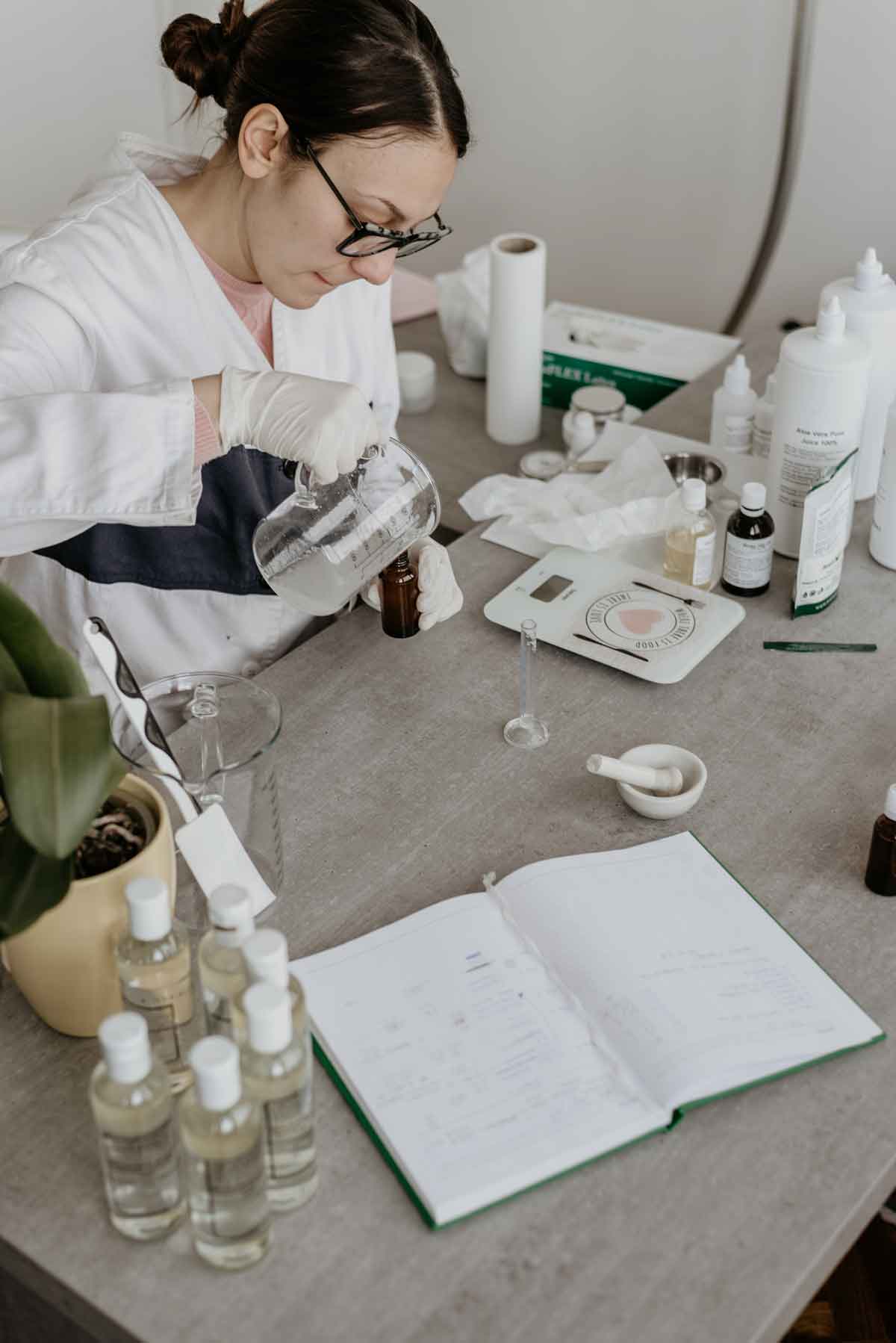
A (POSSIBLE) ROSY FUTURE
Consumers are more and more interested in buying green products that harm neither the people nor the environment. The market is responding to this shift, and as a result, coming across sustainable cosmetics is far more common than it was a few years ago. That’s because so many companies nowadays are putting the environment first by implementing eco-friendly policies that allow them to protect the Earth while still putting out effective and show-stopping products. Here are some ways cosmetics companies can do their bit to protect the Earth.
BETTER PACKAGING
When it comes to sustainable packaging, the options are endless. Recyclable or recycled materials are always a good idea. Refillable make-up is also a great option, same as compostable packaging. Luckily for the environment, many brands are choosing these options. Kjaer Weis, for instance, offers make-up that comes in refillable or compostable packaging. The Canadian brand Elate Cosmetics uses sustainable bamboo, recyclable aluminium, and glass to package its products, whose different parts can be either recycled, composted, or repurposed.
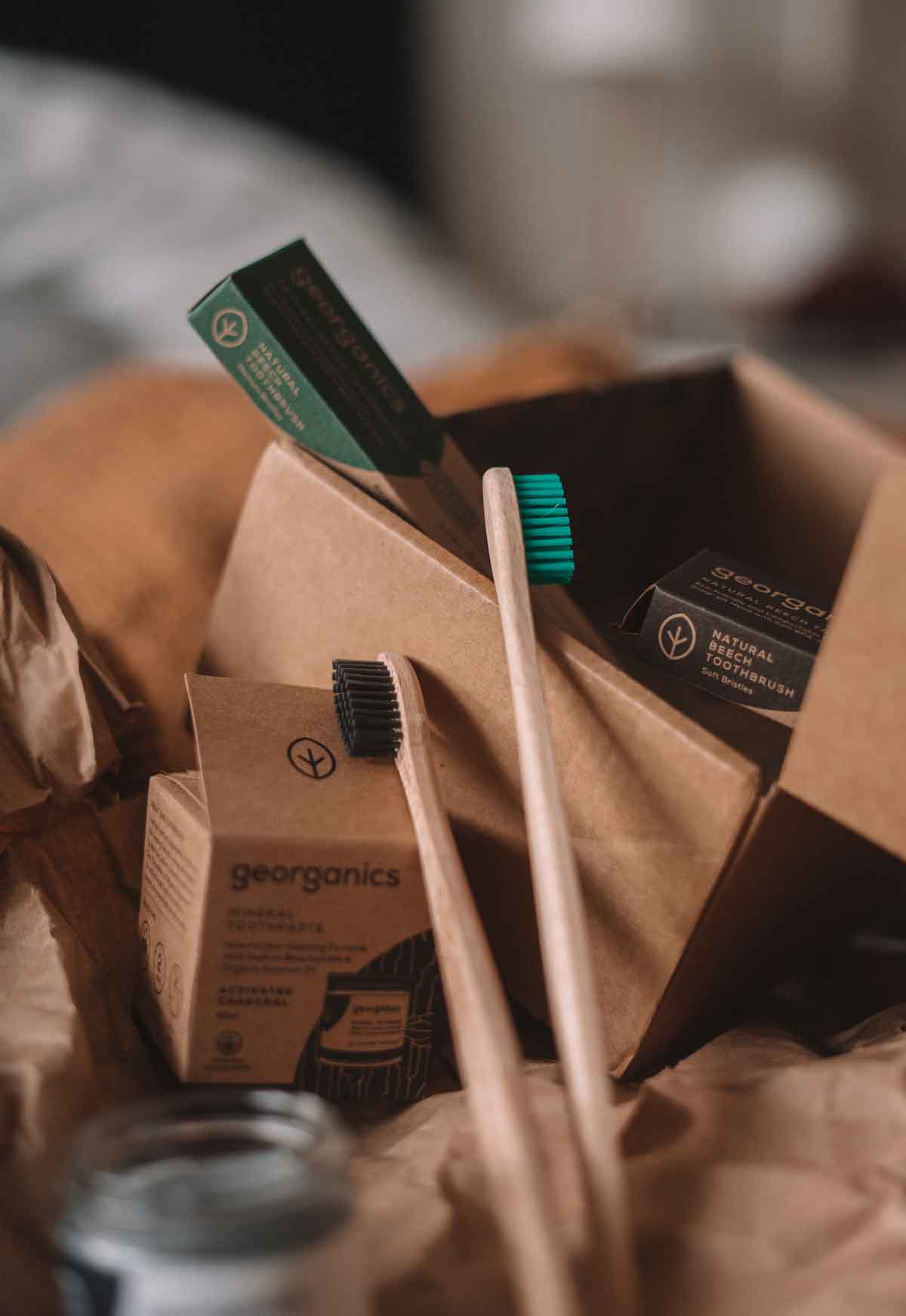
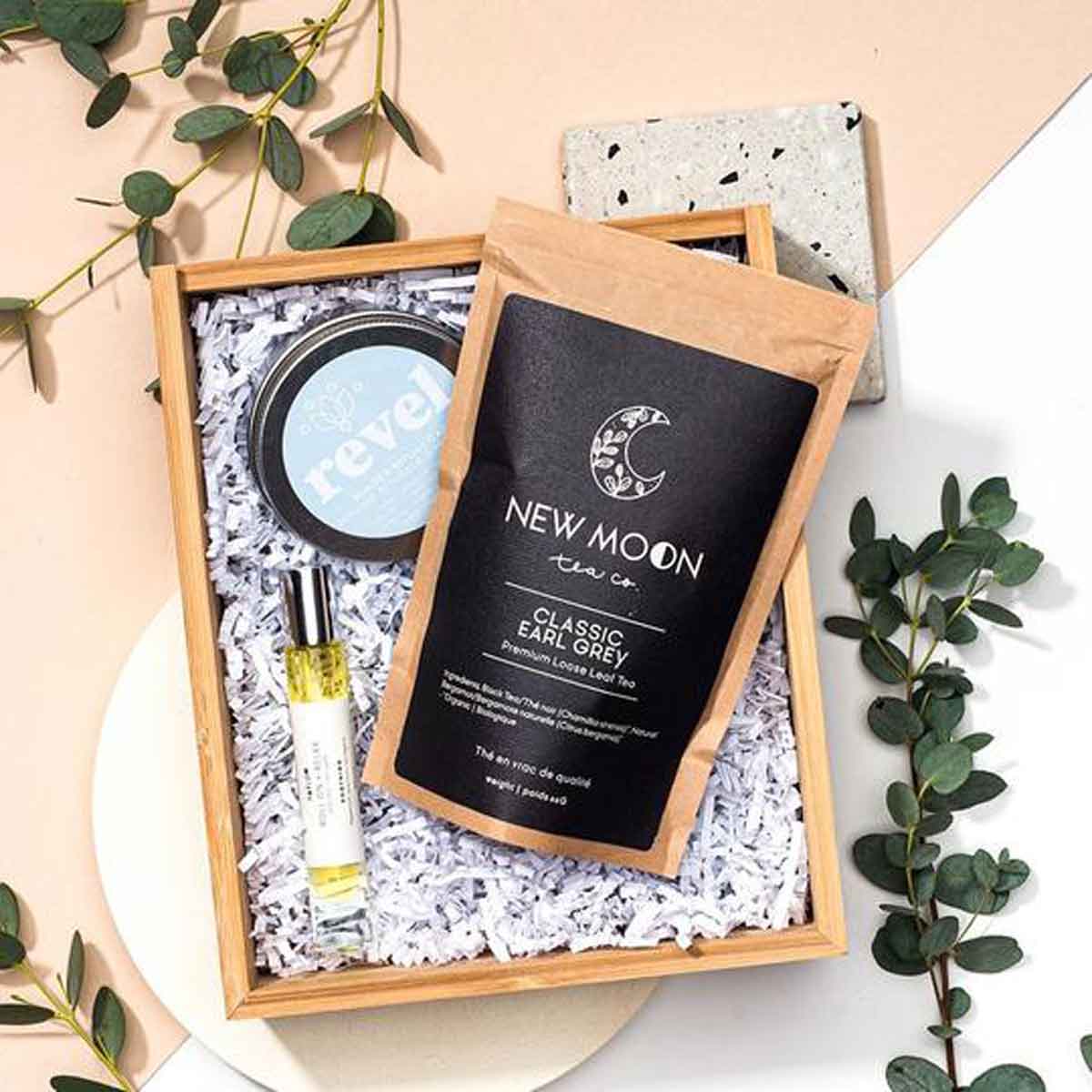
Image Curtesy of Elate Cosmetics
CHOOSING GREEN INGREDIENTS
Companies should strive to use exclusively clean ingredients that are cultivated or manufactured responsibly and are free from harmful chemicals to ensure the safety of their workers and the environment. Choosing organic, cruelty-free, vegan, and fair-trade substances allows beauty brands to create products that beautify people without causing harm.

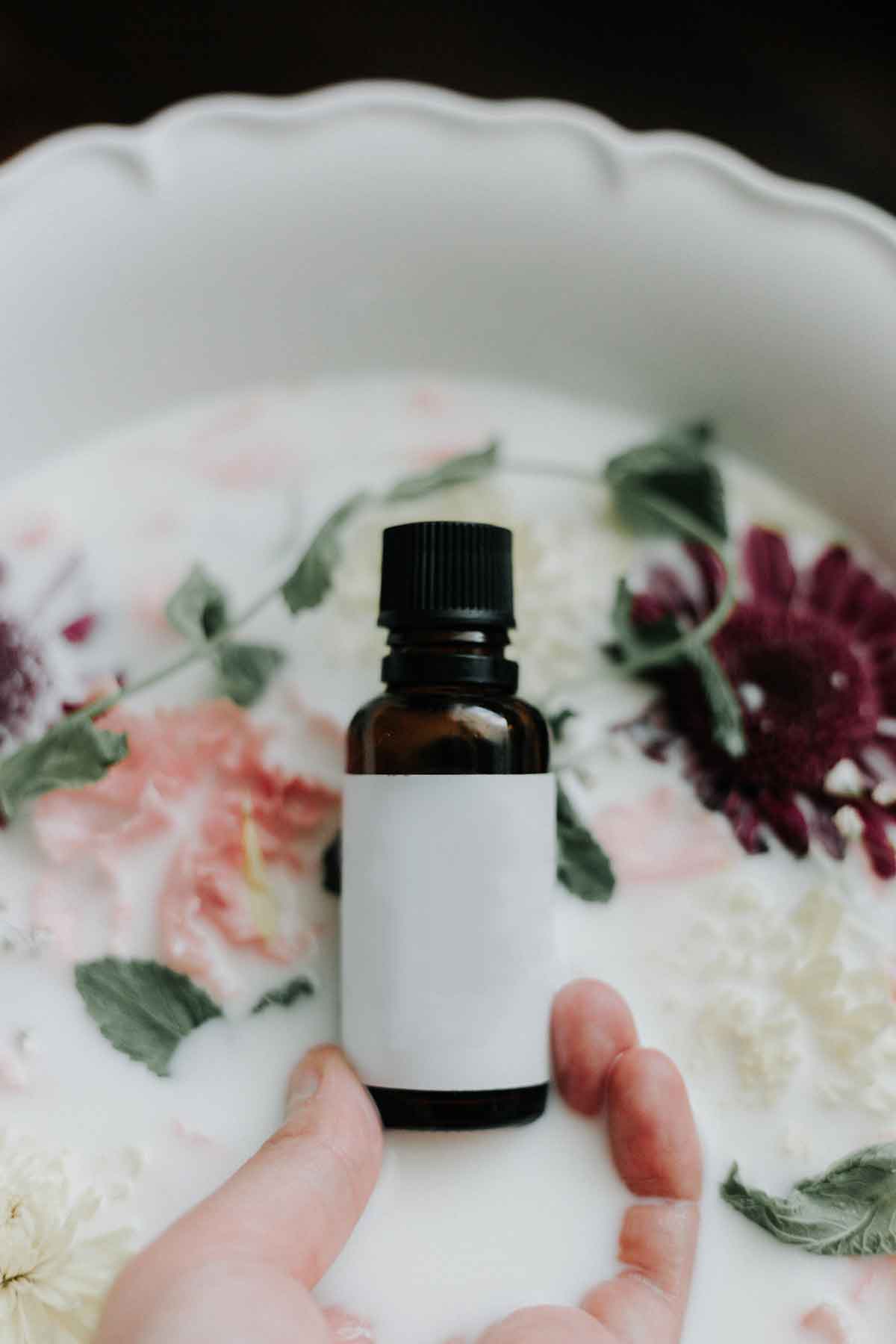
USING RENEWABLE ENERGY
Many beauty brands are taking ecology to heart, using green ingredients and employing sustainable packaging. But there is another aspect that beauty companies could work on: green energy. Manufacturing products in facilities that are powered by renewable energy is an underrated ingredient to making eco-friendly products and one that should be taken into consideration.
SAYING NO TO MICROBEADS
The Netherlands was the first country to ban cosmetic microbeads in 2014. And since then, other nations worldwide have taken steps to ban microbeads, including Taiwan, the United Kingdom, and Italy. Thanks to these initiatives and the increased awareness surrounding the hazardousness of microbeads, countless cosmetics brands are now entirely free from plastic ingredients. Sadly, these plastic particles are still far from being a thing of the past, and companies should avoid them at all cost.
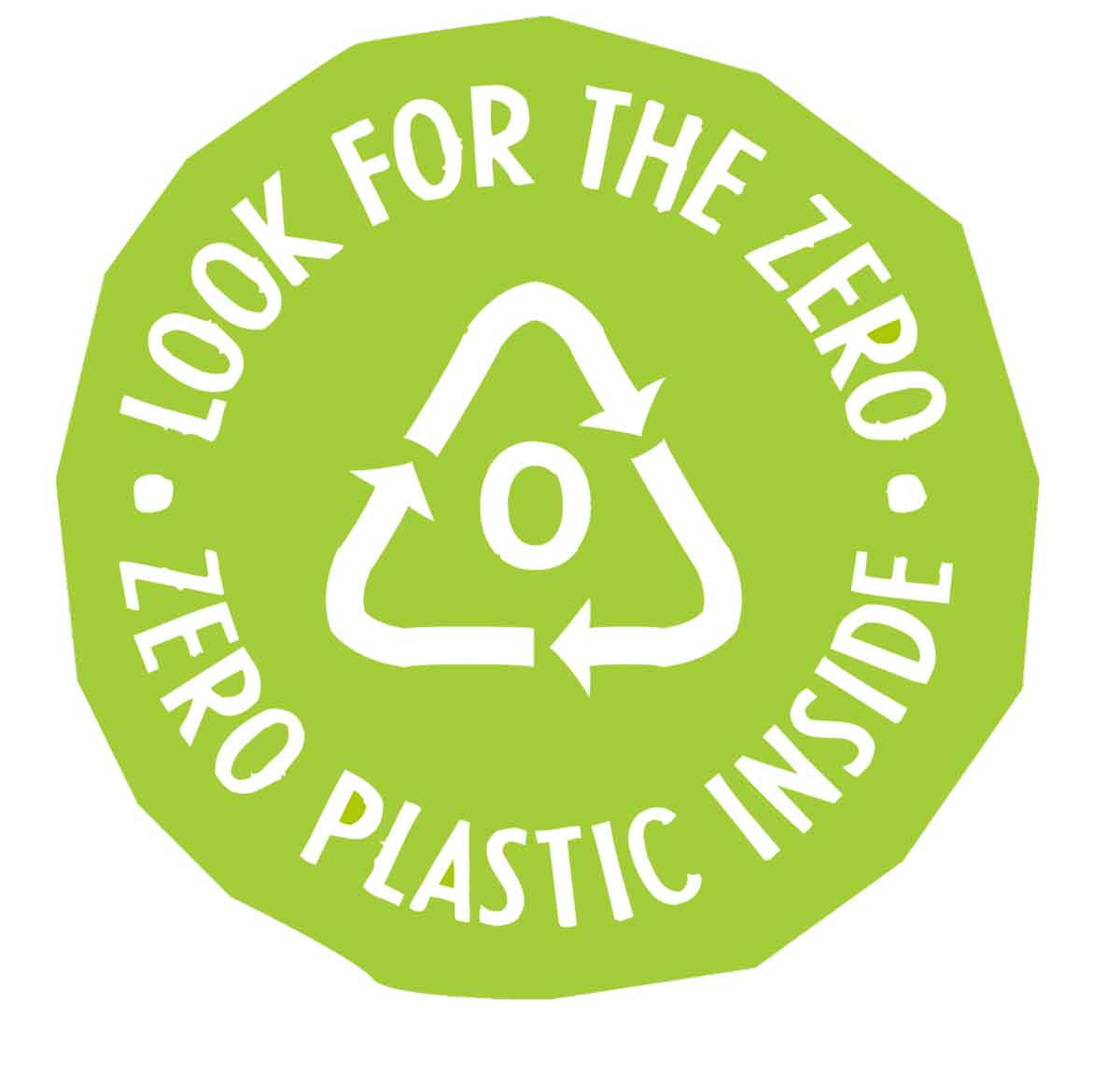
Cosmetics logo showing a product is 100% free of microplastic. Curtesy of Beat The Microbead.

+ Words: Roberta Fabbrocino, Luxiders Magazine Editor
Roberta Fabbrocino is a writer and an environmentalist who loves sharing stories about all things sustainability. She runs @mosclothingsubscription, an eco-friendly personal styling service, and creates content for green brands.
Instagram: @naturallybree



